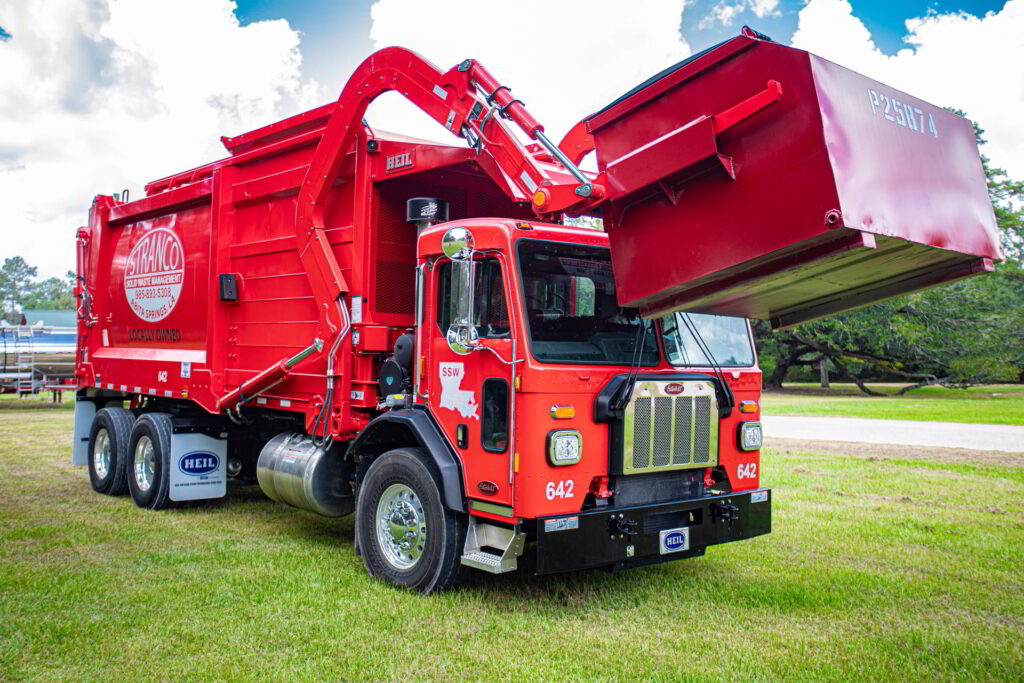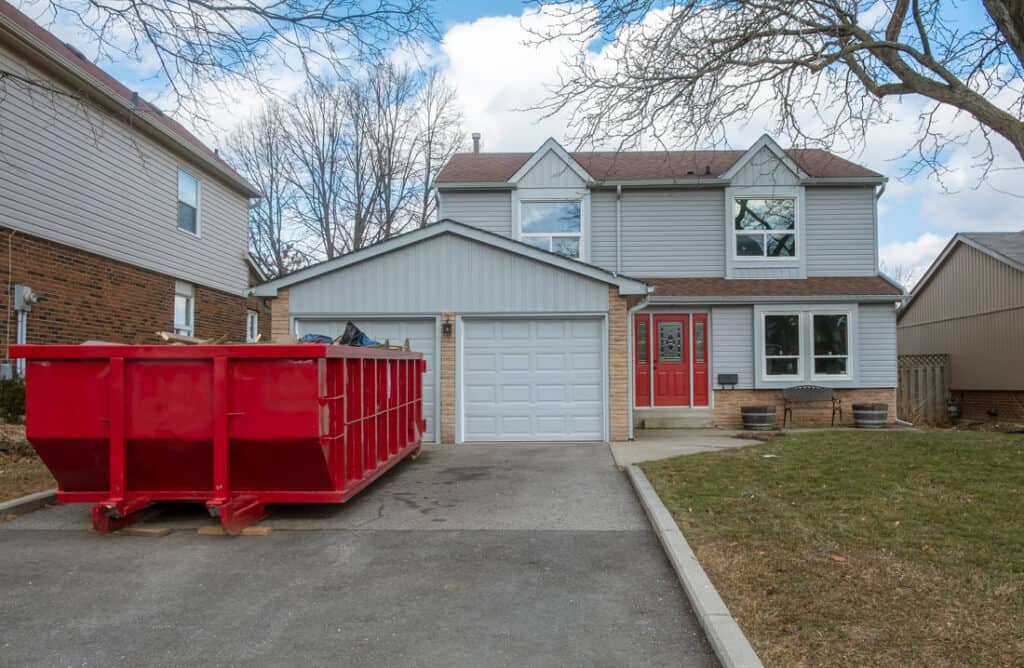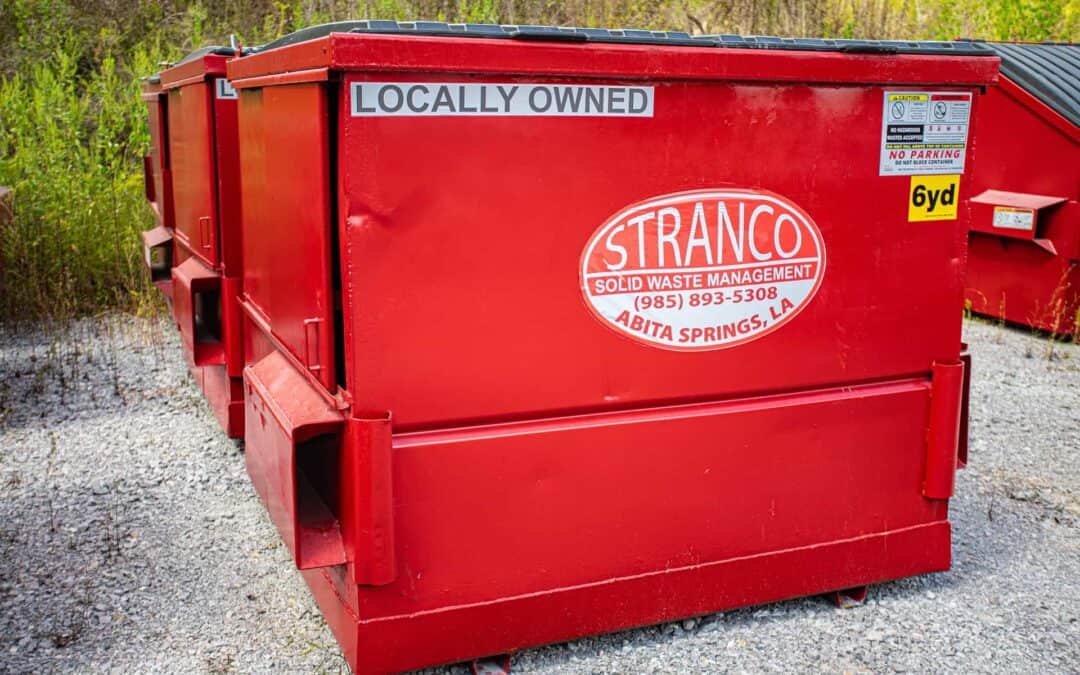Choosing the correct container size often gets overlooked until it creates problems. What seems like a minor detail can lead to delays, added costs, and space issues. A reliable dumpster rental plays a major role in keeping cleanup smooth and efficient, especially when working under tight deadlines. Stranco Solid Waste Management notes, “Most sizing issues come from underestimating how quickly bulky items fill the bin. Planning by volume type helps every time.”
1. Project waste volume influences size immediately
Project scale isn’t just about how big the space is—it’s about the type and shape of what’s being thrown away. Cabinets, drywall, broken furniture, or torn-out tile all pile up in uneven layers that can eat up container space faster than expected. A small remodel in two rooms may fill a 20-yard bin if flooring, wall panels, and built-ins are involved.
-
Large or rigid materials fill bins faster than compact debris
-
Small projects with layered demolition may still need mid-sized containers
-
Planning by material category improves accuracy in sizing
2. Frontload containers support steady commercial waste
Businesses that generate predictable waste patterns benefit from frontload containers available in 2, 4, 6, and 8 cubic yards. These bins are designed for regular pickups, offering simple disposal solutions for packaging, food scraps, office paper, and other non-hazardous materials. For example, a small retail store with steady paper waste might need a 4-yard bin serviced weekly, while a hotel with food prep services will likely require an 8-yard option emptied multiple times a week.
According to the U.S. Environmental Protection Agency, commercial food and packaging waste makes up a significant portion of landfill input, making routine management essential.
-
2-yard bins suit smaller spaces like salons or shared offices
-
6-yard containers accommodate moderate daily disposal
-
8-yard bins serve high-output businesses with consistent bulk trash

3. Renovation debris builds faster than homeowners expect
Even basic home upgrades often generate far more debris than anticipated. Demo materials like tile, carpet, and countertops create awkward, heavy loads that don’t compress easily. Homeowners who plan by number of rooms, rather than material volume, usually misjudge their needs. One client with a single bathroom remodel ended up needing a second bin once the shower enclosure, insulation, and wallboard came out.
The National Association of Home Builders states that remodeling projects can create over 50 pounds of debris per square foot in some cases.
-
Bathroom and kitchen tear-outs often exceed 10-yard limits
-
Dense materials like ceramic tile or wood planks increase total volume
-
Measuring square footage and multiplying by estimated debris weight is more accurate
4. 30 yard roll off dumpsters handle heavy-duty construction cleanup
Construction jobs generate some of the heaviest, bulkiest waste types—roofing shingles, concrete fragments, framing, and large lumber offcuts. A 30 yard roll off dumpster provides the space and durability to handle this volume without frequent swaps. These bins are often found on active sites because they reduce labor interruptions caused by full containers.
The EPA reports that over 60% of non-industrial waste in the U.S. comes from construction and demolition activities, underscoring the need for smarter waste handling strategies.
-
30 yard bins carry several tons of varied construction debris
-
Ideal for full-roof replacements, room additions, or whole-home renovations
-
Saves time by reducing the number of container hauls during active builds

5. Waste generation patterns should match pickup frequency
Businesses producing daily or weekly trash must balance bin size with how often it’s emptied. For example, a bakery may not need an 8-yard bin if they can get reliable twice-weekly pickups. On the other hand, an office that only schedules monthly pickups may require a larger container to avoid overflows.
EPA guidance shows that small businesses produce between 0.5 and 3 pounds of solid waste per employee per day—multiplied over time, that adds up fast.
-
Pickup frequency should scale with peak and slow periods
-
Consistent pickup routines help avoid penalties or waste overflows
-
Larger bins may not always be necessary if service is timely
6. Placement constraints impact what size fits
Space is often the limiting factor when choosing a dumpster size. Narrow driveways, limited turning radius, or overhead wires can make it impossible to drop off or retrieve large bins. In one instance, a customer had to downsize to a 15-yard container because the original 30-yard wouldn’t clear the building’s overhang.
Checking dimensions, turning clearance, and delivery access in advance avoids rescheduling fees and wasted time.
-
Urban properties may require shorter bins with low profiles
-
Delivery trucks need a straight 60-foot access path
-
Permits may be necessary for placement near sidewalks or roads
7. Weight limitations and restricted items affect bin choice
Dumpsters come with specific weight limits, which are especially important when disposing of dense or compact materials like bricks, concrete, or shingles. It’s easy to underestimate how fast the weight adds up—even if the bin appears half empty. Local landfills also regulate what can and cannot be mixed into dumpsters.
The EPA prohibits dumping of hazardous items like batteries, paint, and cleaning chemicals with general waste due to contamination risk.
-
Always confirm the weight allowance per bin size with the provider
-
Some materials should go in separate dumpsters to avoid overweight charges
-
Knowing local rules prevents violations and additional handling fees

Key takeaways when selecting a dumpster rental size
Choosing the proper dumpster rental size requires more than a rough guess. It takes planning based on the type of waste, how frequently it’s produced, and where the bin will be placed. Stranco Solid Waste Management encourages customers to factor in both weight and volume when choosing a container to reduce the chance of costly errors or unexpected pickup delays.
-
Renovation and construction jobs benefit from sizing up to handle variation
-
Business containers should match weekly output and layout limitations
-
Site dimensions and access routes must be evaluated beforehand
-
Mixing restricted or heavy materials without planning risks fines
-
Dumpster rental services work best when matched to real project conditions
Frequently Asked Questions
What size dumpster is usually enough for a home renovation?
A 20-yard dumpster typically fits most mid-size projects like kitchen remodels or multi-room flooring jobs.
Are frontload dumpsters only for commercial use?
Yes. They’re made for ongoing waste collection with scheduled pickups, which most residential needs don’t require.
Can a 30 yard dumpster hold roofing materials?
Absolutely. It’s commonly used for tear-offs and full-roof replacements and can hold several layers of shingles.
Do you need a permit to place a dumpster on a city street?
In most cases, yes. Local municipalities require a short-term placement permit if the bin blocks public access or curb space.
What happens if my dumpster is too heavy?
You’ll likely be charged extra per ton over the included weight limit. The provider might also reject the pickup if it exceeds safe transport thresholds.







